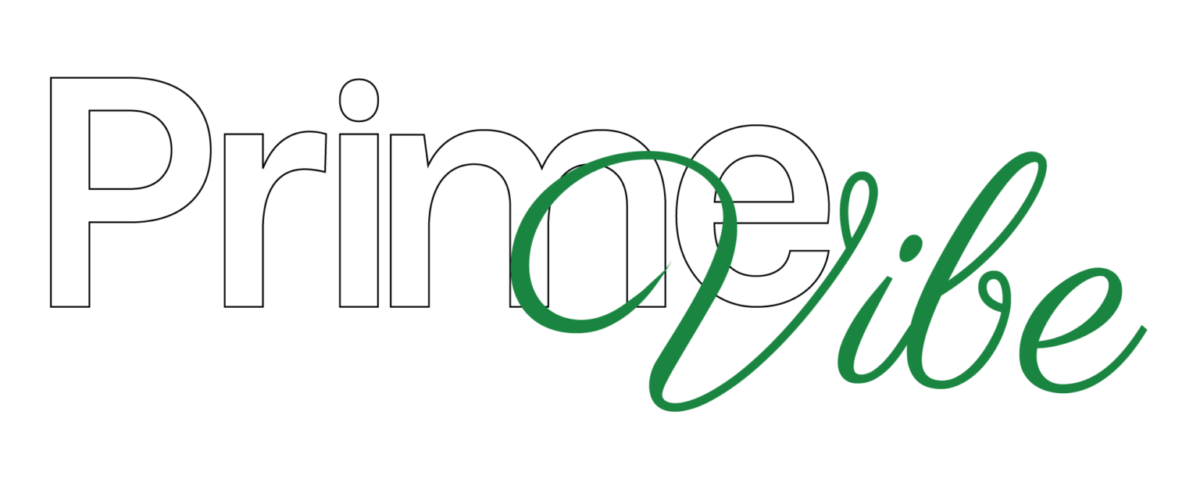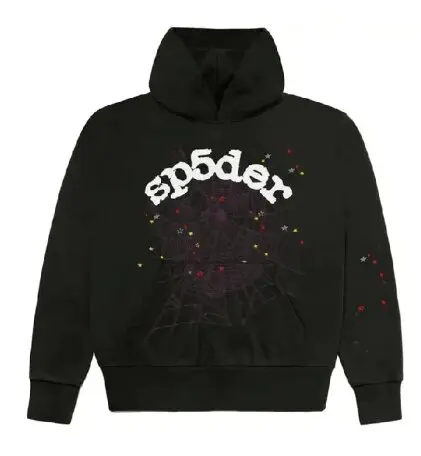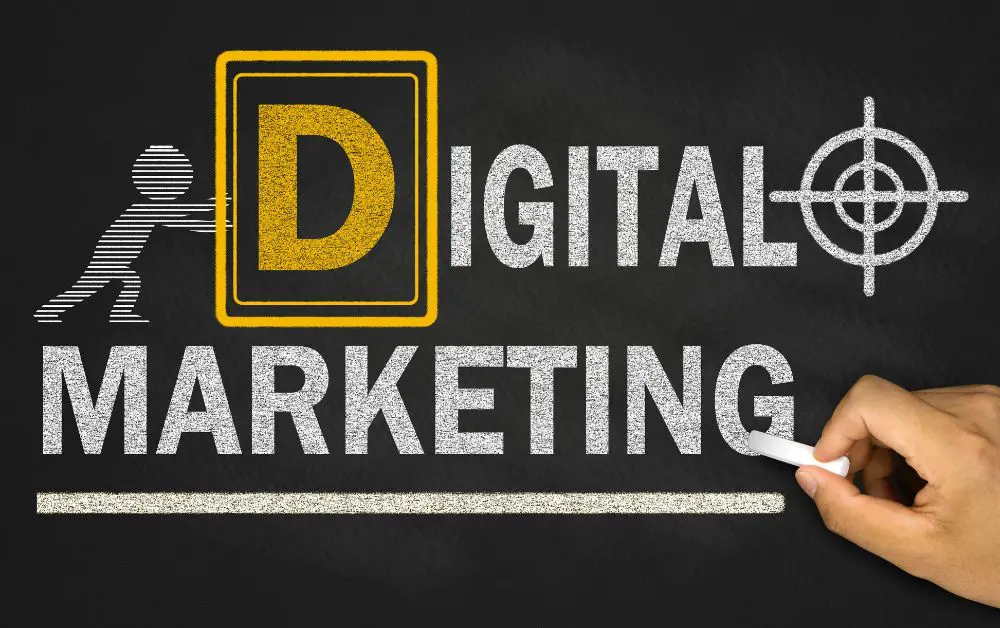Data visualization was once only used by experts analysts and scientists, today it has become one of the most powerful assets for multiple industries.
Also, let’s face it, it is also painfully boring and time-consuming. Endless spreadsheets and clunky bar charts. Those same old pie graphs we’ve seen a million times. No wonder people’s eyes glaze over when you show them numbers.
But what if your data has so much more to tell and explain without making it dull? What if it could be visually beautiful, easy to grasp, and—dare we say—actually interesting?
That’s where creative data visualization comes in.
In 2025, companies, marketers, and designers are abandoning bland charts for fresh, attention-grabbing forms that bring data to life. From 3D isometric dashboards to animated data stories, the greatest visualizations not only tell—the best ones enchant.
Below are 10 hot data visualization styles that transform boring stats into stunning, memorable moments—along with real-world examples and advice on how to leverage them.
10 Trending Data Visual Styles to Make Dull Stats Lively and Presentable
1. Isometric Data Dashboards (3D Flat Design)
Why It’s Hot in 2024
The isometric design gives depth to data without changing the traditional 3D charts. It’s clean, modern, and perfect for showing layered information—like sales funnels, tech stacks, or supply chains.
Where You’ve Seen It
- Startup pitch decks (showing product ecosystems)
- Annual reports (visualizing company growth)
- App onboarding flows (explaining features)
Pro Tip: Use soft shadows and gradient fills to keep it sleek—not chaotic.
2. Illustrated Infographics (Hand-Drawn Data)
Why It Works
Individuals trust visuals that have a human touch more than lifeless boring charts. Illustrated infographics combine drawings, icons, and graphs for a more human-friendly, attention-grabbing way to report facts.
Best For
- Health/wellness brands (making hard science easy to understand)
- Nonprofit causes (demonstrating effect with heart)
- Social media content (more sharability)
Example: The New York Times utilizes hand-drawn graphs to demystify economics and make them accessible.
3. Animated Data Stories (Scroll-Triggered Visuals)
The Trend
Rather than static charts, animations walk users through data step by step as they scroll. It’s a mini-documentary for numbers.
Where It Shines
- Interactive reports (such as State of UX annual trends)
- Landing pages (displaying product benefits)
- Data journalism (The Pudding does this beautifully)
Tool to Try: Flourish or R2D3 for code-free animations.
4. “Data Portraits” (Personalized Visuals)
What It Is
Personalized visualizations tailored to each user—such as Spotify Wrapped or Fitbit sleep summaries. Folks adore viewing their data in a lovely format.
Smart Uses
- SaaS dashboards (personalized insights)
- E-commerce (“Your Year in Shopping” summaries)
- Health apps (personal wellness snapshots)
2024 Twist: Increased AI-driven personalization (such as Canvas “Your Design DNA”).
5. Kinetic Typography (Moving Text Data)
Why It’s Catching On
Occasionally, words are the most effective way to present data. Animated text emphasizes important statistics in a powerful way.
Excellent For
- Instagram/TikTok videos (brief, shareable facts)
- Conference presentations (impactful moments)
- Ad campaigns (such as Apple’s privacy-oriented visuals)
Pro Tip: Use with bold fonts and subtle motion—not distracting effects.
6. Gradient Heatmaps (Smooth Color Transitions)
The Upgrade
Classic heatmaps show blocky colors. These data visuals have gradient ones (such as topographic maps) that display subtleness in data more beautifully.
Where It Works
- Real estate (price density maps)
- Weather apps (temperature variations)
- User behavior analysis (click/hover patterns)
Tool: Tableau’s new gradient mapping functionality.
7. “Data Sculptures” (Physical 3D Visualizations)
The Cool Factor
Some brands are converting data into objects in the real world—3D-printed models, laser-cut installations, or even AR sculptures.
Who’s Doing It
- Museums (climate change exhibits)
- Tech firms (office lobby data art)
- Premium reports (such as McKinsey’s printed viz)
2024 Trend: Increased AR/VR data rooms for interactive experiences.
8. Microcharts (Small but Powerful)
The Shift
Not all charts should be ginormous. Tiny, über-tidy images (such as sparklines) are right at home in:
- Mobile apps
- Financial dashboards
- Newsletter metrics
Key: Highlight a single crisp insight per microchart.
9. “Glitch Art” Data (Digital Flaws)
The Edge
Deliberate pixelation, manipulation, and VHS-tape-like distortions make data seem raw and real.
Ideal for:
- Music industry figures
- Gaming metrics
- Youth-oriented marketing
Example: Spotify’s “2023 Wrapped” got glitch transitions spot on.
10. Living Data (Real-Time Visualizations)
The Future
- Instantly updating dashboards, such as:
- Stock market monitors
- Social media sentiment maps
- Sports analytics
2024 Tech: More APIs drawing live data into custom visuals.
Who Can Use Data Visualization Illustration?
Visual data illustrations are great tools that assist in breaking down complicated data into simpler terms, making it easier to comprehend and more interesting. Here’s a glimpse at who can make use of them:
- Businesses and Marketers
Marketers can convert raw insights into customer behavior, sales, and trends into compelling visuals that customers and stakeholders care about. They can communicate insights in bite-sized, visually consumable ways through visual dashboards and infographics.
2. Data Analysts and Scientists
Analysts use graphical representations of data to best convey their results. Whether showing correlations or trends, images such as graphs, heatmaps, and charts serve to demystify complex data for the non-sophisticated individual.
3. Educators and Trainers
Educators can get the most out of visual information to enhance learning. Infographics, charts, and interactive visualizations render abstract ideas in science, history, and mathematics more comprehensible and, therefore, more engaging for students.
4. Journalists
Journalists also graphics to explain complex stories, particularly in fields such as economics, health, and politics. Charts, maps, and timelines are types of visualizations used to make the information more understandable and memorable to readers.
5. Nonprofits and NGOs
Nonprofits mostly use visual information to emphasize the effect of their activities or support social causes. Such infographics and mapped illustrations enable them to explain the importance of their research to donors or the general public.
6. Investors and Financial Advisors
Professionals and experts most commonly use data visualization to show complex finance-related information such as stocks and market trends. These interactive charts and graphs let the clients view and understand investment plans more clearly and effectively.
7. Tech Companies
Developers and teams have been using graphical data to analyze user behavior, identify trends, and refine products. The data visuals method helps them communicate their findings effectively to team and customers.
Summing up
That’s all for the blog, apply these 10 data visualization styles to make the most out of information.



